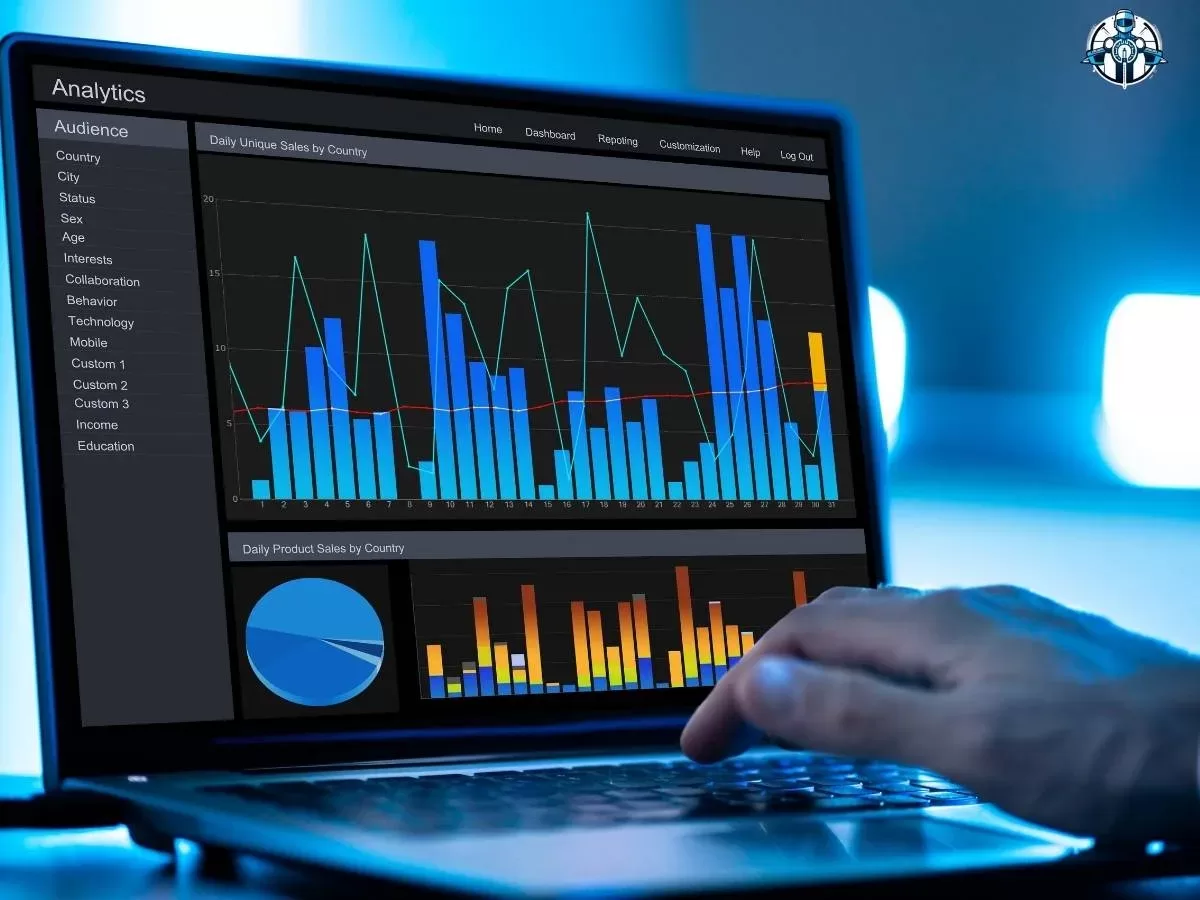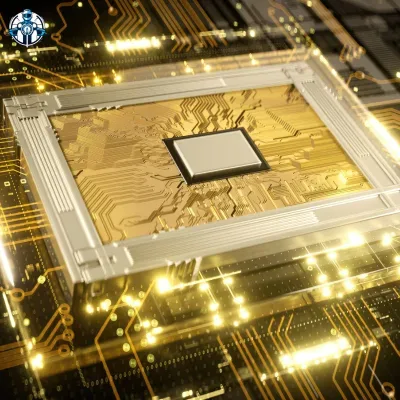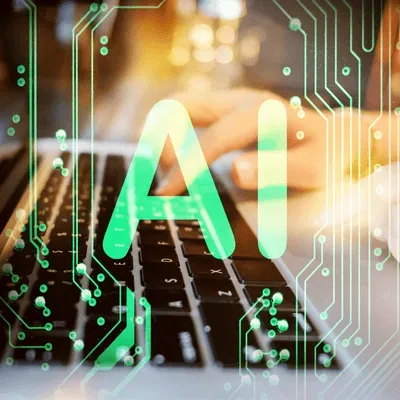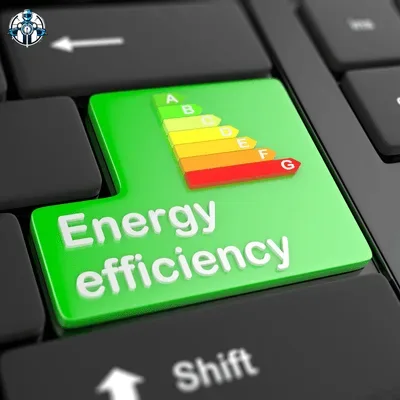Equipment failure is a major threat to the operation’s needed efficiency and profits. Fortunately, new technology saves the day. Digital twin technology enables organizations to estimate when a particular asset may experience a failure. It minimizes on the chance of downtimes in the business since a portion of the work has been projected earlier. There is also a saving on maintenance costs and an increase in efficiency. Therefore, businesses can preserve the valuable resources in the process.
In this article, we will discuss how predictive maintenance, powered by digital twins, helps your business stay ahead of failures. This approach optimizes maintenance schedules and significantly lowers operational costs.
Listen to Our Podcast: Predictive Maintenance with Digital Twins
What is Predictive Maintenance?
Maintenance planning is more of an effective strategy that is ahead of the game. It also tracks the conditions of various equipment and is able to alert that something is about to fail. The latter applies to this process and hence it is not like the traditional maintenance methods. Reactive and preventive maintenance usually take place at the wrong time. Predictive maintenance is more of real-time and employs the use of analytical tools in management. In other words, it specifies whether the object requires maintenance. This method helps to avoid many avoidable repairs and helps prevents excessive down time.
How Digital Twins Enhance Predictive Maintenance
Digital twin technology generates a computational replica of an asset or a process in a system. This virtual model has real-time update option. They include sensors attached at the physical asset that feed information. The digital twin possessing great likeness to the actual performance of the equipment already exists. Businesses can specifically use it for analyzing and studying behaviour with efficiency.
Key Components of Digital Twins in Predictive Maintenance

· Real-Time Data:
Digital twins depend on data from IoT sensors. These sensors are on physical equipment. They provide performance metrics like temperature, vibration, energy consumption, and other critical parameters. For more information, explore Digital Twin Technology: Bridging Physical and Digital Worlds.
· Analytics Engine:
After collecting data, an advanced analytics engine process it. It often uses machine learning or artificial intelligence. This engine detects patterns and predicts potential failures.
· Simulation & Visualization:
Digital twins let users simulate different scenarios in a virtual environment. They can foresee issues and test solutions without affecting real operations.
Overall, this technology helps organizations predict equipment malfunctions. It allows them to identify inefficiencies and optimize maintenance schedules.
Benefits of Predictive Maintenance with Digital Twins
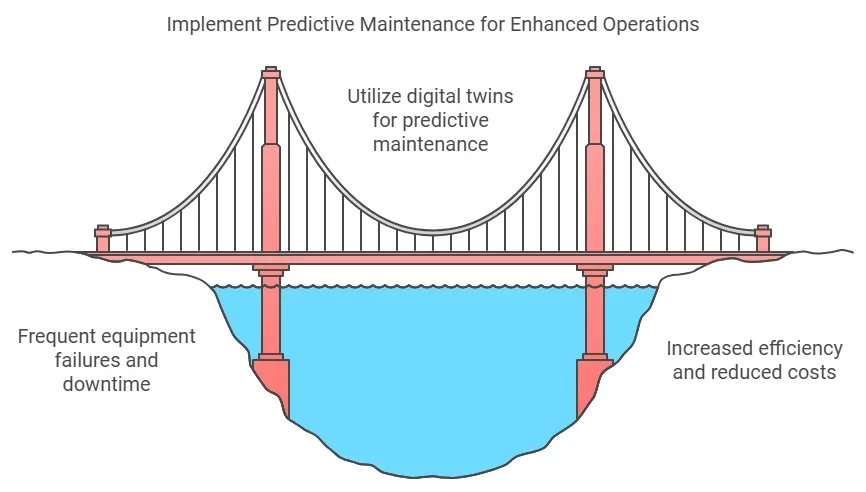
1. Reduced Downtime
Digital twins help reduce unexpected downtimes. They predict when equipment might fail. This allows businesses to plan maintenance during quieter hours. As a result, they can avoid major breakdowns. For more information, check out our article on Digital Twins in Manufacturing: Revolutionizing Production Processes.
2. Cost Savings
Predictive maintenance saves companies money. It helps avoid costly repairs by addressing problems early. Also, it cuts down on unnecessary inspections and maintenance tasks. These tasks can waste time and resources.
You can learn more about the financial advantages of digital twins in Understanding Component and Asset Twins in Digital Twin Technology.
3. Improved Asset Lifespan
Regular maintenance keeps equipment working longer. Digital twins spot issues early. They help ensure machines perform well, extending their useful life.
4. Enhanced Safety
Predictive maintenance lowers the risk of equipment failures. This helps prevent safety hazards for workers. It also protects against potential environmental damage.
Real-World Applications of Digital Twin Predictive Maintenance
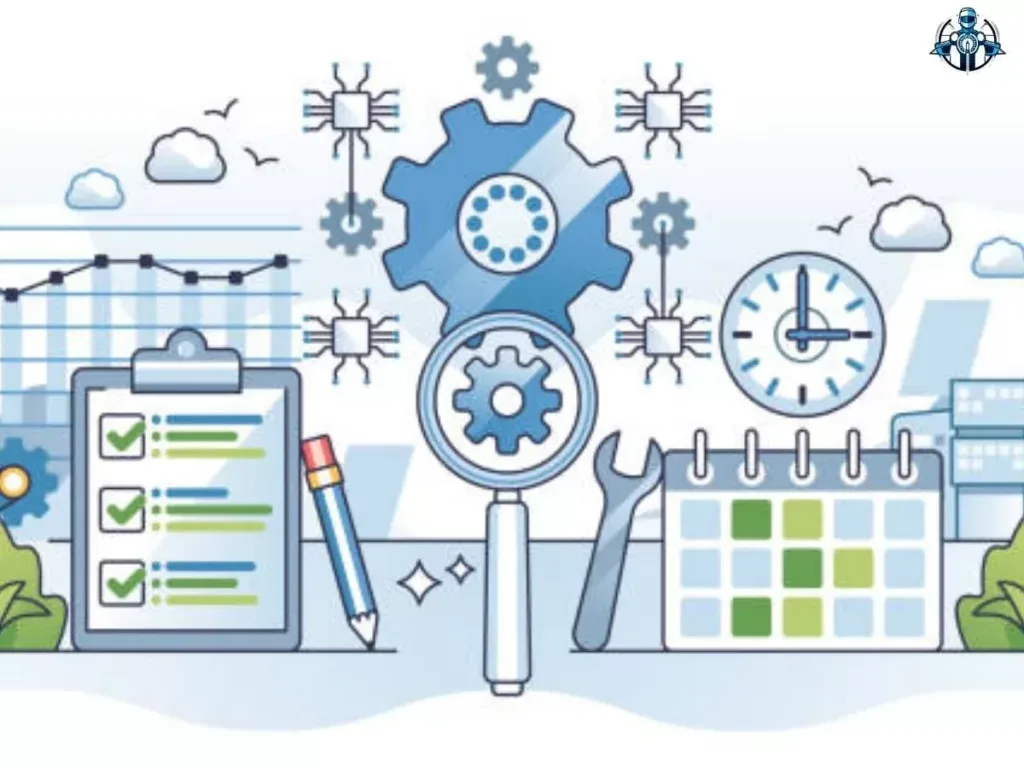
1. Manufacturing
In manufacturing, downtime costs a lot. Digital twins help monitor machines like pumps, motors, and compressors in real time. Predictive analytics allow manufacturers to see wear and tear. They can fix issues before they cause production stops.
For more insights, check out Digital Twins in Manufacturing: Revolutionizing Production Processes.
2. Automotive Industry
In the automotive sector, predictive maintenance boosts vehicle performance. It also reduces unexpected breakdowns. Digital twins can track engine health and battery performance. This way, maintenance happens at the right time.
3. Energy Sector
Energy companies use digital twins to monitor power plants, turbines, and renewable energy systems. They predict equipment failures. This helps them perform targeted maintenance. As a result, companies avoid costly downtime, and they enhance energy production efficiency.
Explore more in The Future of Digital Twin Technology: Emerging Trends and Innovations.
Challenges in Implementing Predictive Maintenance with Digital Twins

Digital twin technology has many benefits. However, businesses face challenges during implementation.
· Data Integration
To create an accurate digital twin, teams must collect data from various sources. This includes sensors, machines, and external systems. Integrating this data can be complex. It becomes even harder when working with older systems. For more information, read about overcoming data integration challenges in digital twin implementation.
· High Initial Costs
Setting up the needed infrastructure for digital twins costs money. This setup includes buying sensors, data storage, and analytics tools. Although the initial costs are high, businesses often save money in the long run.
· Security Concerns
Digital twins use real-time data from assets. Thus, it is crucial to implement strong cybersecurity measures. These measures protect sensitive operational data. You can learn more about securing digital twins in our guide on overcoming data integration challenges in digital twin implementation.
Best Practices for Implementing Digital Twin Predictive Maintenance

To get the most from predictive maintenance with digital twins, follow these best practices:
· Start Small
Begin with a few critical assets. This lets your team learn how the technology works. After that, you can expand to other systems. You can explore scaling digital twins more in “Digital Twin Technology: Bridging Physical and Digital Worlds.”
· Invest in IoT Sensors
Make sure your equipment has reliable IoT sensors. These sensors collect accurate, real-time data. They form the backbone of any effective digital twin system.
· Leverage AI and Machine Learning
Use AI and machine learning to analyze data from your digital twin. These tools help you predict failures more accurately. They also support better decision-making.
· Ensure Scalability
Your predictive maintenance strategy should grow with your business. Choose digital twin platforms that can expand and work with more systems and equipment.
Conclusion
Predictive maintenance with digital twin technology can change how businesses manage their assets. It can reduce downtime and cut maintenance costs. By using real-time data, simulations, and AI-driven analytics, digital twins help organizations spot problems early. They also streamline operations and improve safety and efficiency in many industries. As this technology evolves, businesses that adopt digital twins will enjoy a competitive edge. They will enhance reliability and extend the life of their assets.
Frequently Asked Questions (FAQs)
1. What is predictive maintenance?
Predictive maintenance is a strategy. It uses data to predict equipment failures. This helps businesses do maintenance before failures occur.
2. How do digital twins enable predictive maintenance?
Digital twins create virtual models of real assets. They get updated with data from sensors. These models help businesses simulate and analyze equipment performance. Therefore, they can schedule maintenance more effectively.
3. What are the main benefits of predictive maintenance?
The main benefits include less downtime and cost savings. It also improves asset lifespan. Additionally, it enhances safety by preventing unexpected failures.
4. Can predictive maintenance be applied to all industries?
Yes, predictive maintenance works in many industries. You can find it in manufacturing, automotive, energy, and healthcare. This strategy helps optimize operations and improve efficiency.

